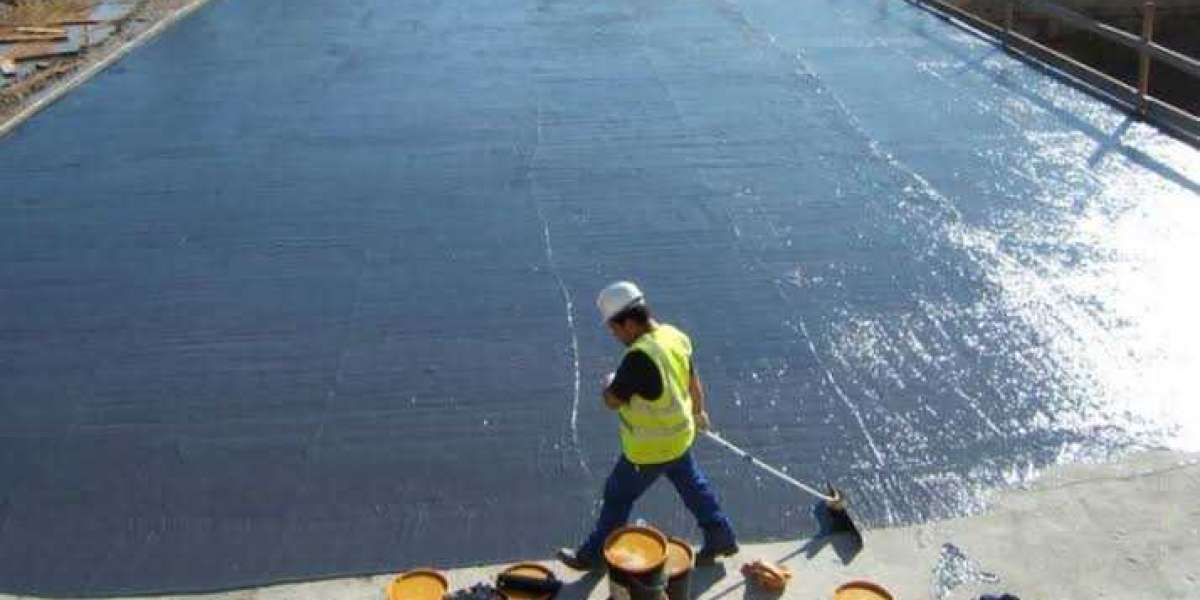Foam Insulation – A Modern Technology for Protecting Buildings from Heat and Humidity
Introduction
In light of climate change and the significant rise in temperatures, especially in the summer, it has become necessary to search for modern and effective methods for thermal and water insulation that ensure comfort inside buildings and reduce energy consumption. Among the most prominent insulation technologies currently used, foam insulation stands out as a comprehensive solution that combines high performance, reasonable cost, and long-term effectiveness.
What is Foam Insulation?
Foam insulation is a modern technology that uses a foam material that is sprayed or poured onto surfaces and walls to form a cohesive, insulating layer. Foam is usually made from polyurethane (PU) or polyisocyanate (PIR), both of which are highly efficient materials for thermal and water insulation.
This material is widely used to insulate concrete surfaces, metal roofs, walls, tanks, and even pipes. This technology is characterized by its ease of application and speed of completion, with a superior ability to cover various spaces, regardless of angles or curves.
Types of Foam Insulation
Open-cell foam
It is lightweight and breathable, and is suitable for interior walls and ceilings, where it helps insulate heat and sound. However, it is not suitable for waterproofing.
Closed-cell foam
It is used for both thermal and waterproofing insulation because it is denser and more durable, forming a strong barrier against water and heat leakage.
Benefits of Foam Insulation
1. Effective thermal insulation
Foam is one of the best thermal insulating materials, as it prevents heat from entering the building in the summer or escaping in the winter, helping to reduce reliance on cooling or heating devices.
2. Excellent waterproofing
Especially for exposed roofs or tanks, as it prevents water leakage and protects the structural structure from corrosion or cracking caused by moisture.
3. Reducing Energy Consumption
Thanks to its insulating efficiency, foam helps significantly reduce electricity consumption, which positively impacts monthly bills.
4. High resistance to environmental factors
Foam is resistant to UV rays, moisture, and temperature changes, making it suitable for harsh climate conditions.
5. Fast and Safe Application
Foam can be applied within hours using special spraying devices, saving time and effort compared to traditional insulation methods.
6. Environmentally friendly
Many modern foam types are produced with formulations free of ozone-damaging substances, making it an environmentally safe option.
Where is foam insulation used?
Concrete and metal roof insulation
Interior and exterior wall insulation
Ground and overhead tank insulation
Water and air conditioning pipe insulation
Insulation of industrial and commercial buildings
Cold and freezing room insulation
Steps for Implementing Foam Insulation
Site inspection and inspection to determine the appropriate type and thickness of insulation.
Clean the surface thoroughly to remove dust, oils, or any impurities.
Spray the foam layer using specialized devices to ensure even distribution.
Add a top protective layer such as acrylic or silicone as needed to ensure the durability of the insulation.
Final follow-up and inspection to ensure quality assurance.
Does foam insulation last for years?
Yes, when implemented by specialists and using high-quality materials, foam insulation can last for more than 20 years without requiring frequent maintenance, providing regular care and monitoring of the overall condition of the roof.
source
عزل الاسطح
عزل الفوم
شركة عزل مائي بالدمام
Comparison between Foam Insulation and Traditional Insulation
Standard Foam Insulation Traditional Insulation (such as rock wool)
Very high thermal efficiency average
Water efficiency Excellent Poor or non-existent
Implementation time Fast average to long
Weight on the roof Very light Relatively heavy
Lifespan Long (20 years or more) Average (10 years)
Conclusion
Whether you are a homeowner, a construction company, or an industrial facility manager, foam insulation offers you integrated solutions for effective thermal and water insulation, saving you money and providing long-term comfort and reassurance. Therefore, do not hesitate to contact specialized companies that provide high-quality services using safe and certified materials.











